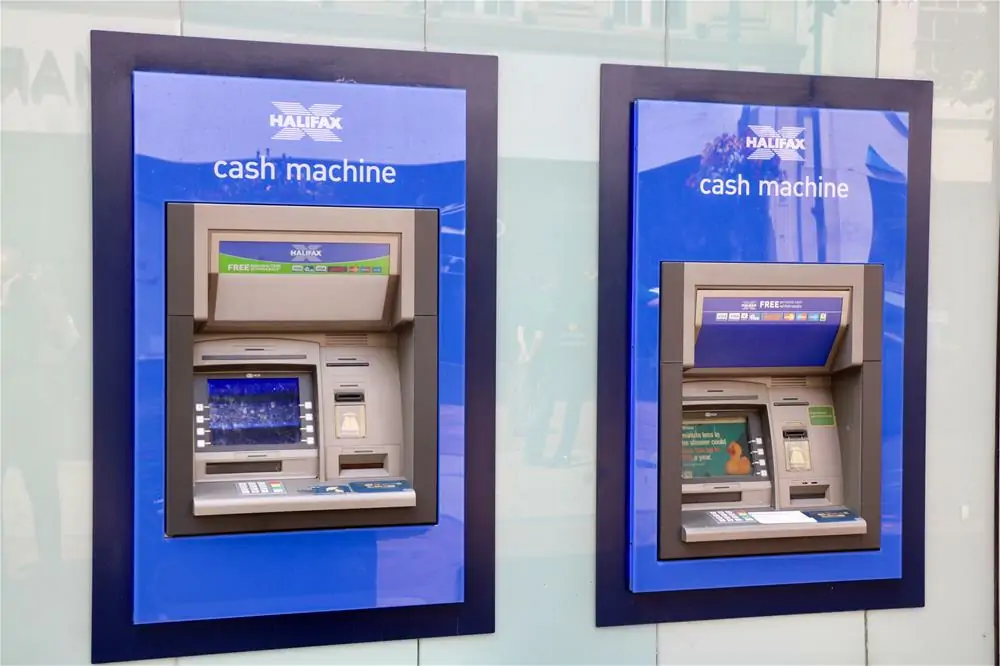
Understanding Working Capital
23 Feb 2017In short, Working Capital is defined as, “The capital of a business which is used in its day-to-day trading operations”.
It is important for small businesses to understand what their working capital is in order to manage every day operations; it is the capital which you have to work with.
Calculated simply by subtracting current liabilities from current assets, this central part of any business’ balance sheet is an indicator of how efficiently a business operates, as well as its current financial stability
Working capital is sometimes shown as a ratio; calculated by dividing assets by liabilities. The resulting figure provides a general and translatable indicator of immediate financial health.
If you have any questions or concerns about working capital please do get in contact with us.Negative Working Capital
Figures below 1 indicate what is known as ‘negative working capital’, and suggest a business may lack sufficient available capital to pay back creditors. Understandably negative working capital can put a business at risk.
A rapidly declining rate can also prove a useful indicator of a change in business health. It might suggest suggesting a potential drop but could be the result of rising wholesale prices, for example.
It is not the case, however, that excessive working capital is indicative of business health either. It is crucial to understand working capital and how the process works because, despite its use, it can at times mask weaknesses in other areas – a healthy, balanced working capital does not tell the entire story.
Overly Positive Working Capital
Ratios above 2 suggest working capital may be too high which can be dangerous in reporting to potential investors, for example, for a number of reasons.
High working capital may suggest a company is failing to re-invest assets in order to grow or that a business has too much inventory, with too much of its potential cash flow tied up in supplies it must shift quickly if it requires a short term injection of cash.
A company’s saleable assets, in terms of stock for instance, can prove problematic if too many of them are not being converted to cash quickly enough. This is a problem routinely faced by businesses who collect payment from customers over an extended period and, as discussed, those who have too much of their assets tied up in their inventory.
Inaccessible Working Capital
Having a high working capital, without direct access to the capital it indicates you have, counts for very little if your business lacks the money to pay staff or for unexpected items.
In order for a small business to perform cash flow must be managed effectively ensuring the company has enough working capital (accessible funds) available at all times.
Planning, Managing and Understanding Working Capital
When it comes to managing your working capital, you must strike a balance but doing so when establishing and growing your small business can be easier said than done.





















